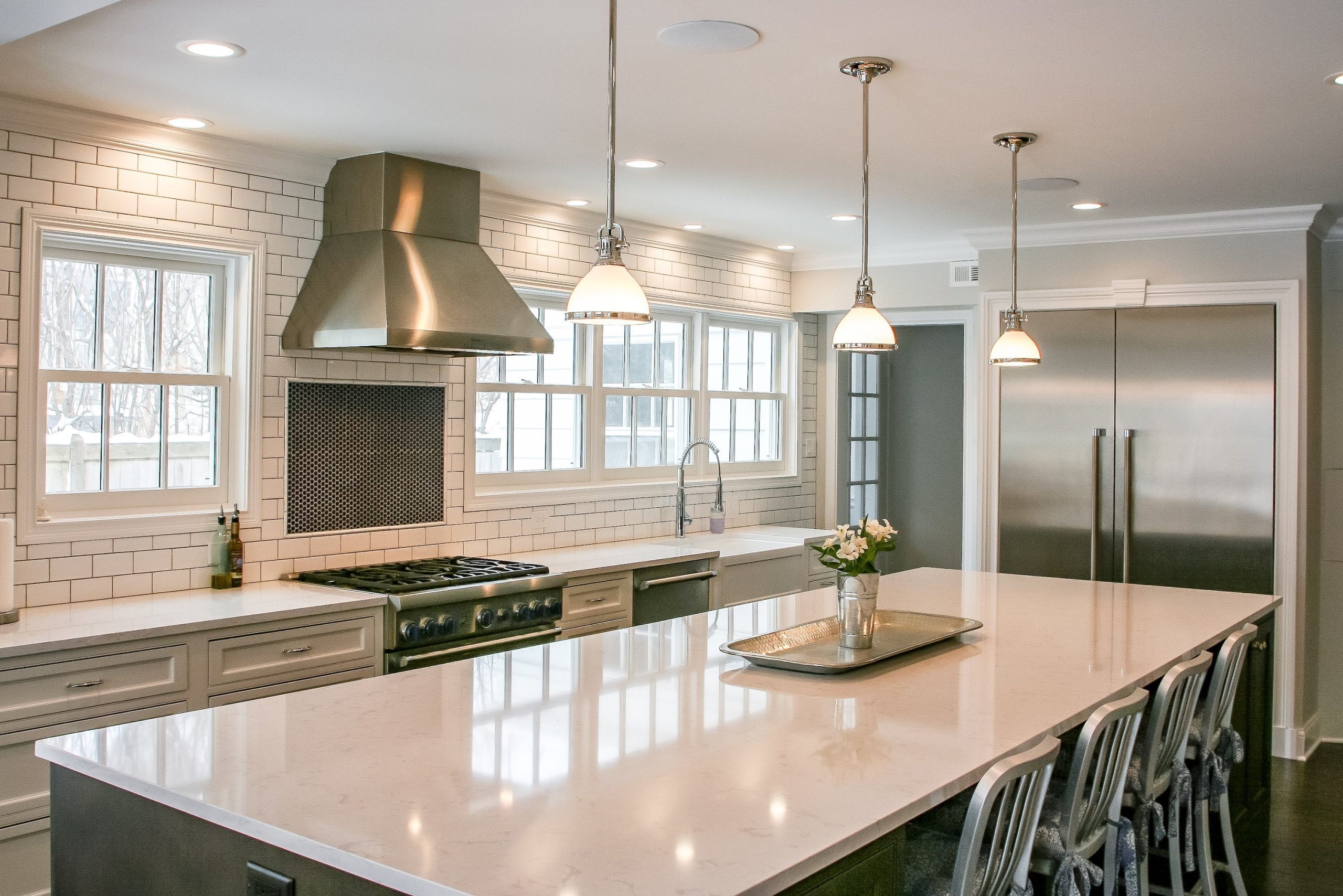- Home
- /
- Blog

 Lighting isn’t just about visibility—it’s about creating mood, enhancing design, and making a space feel truly livable. That’s why professional designers emphasize the importance of lighting layers. By combining ambient, task, and accent lighting, you can add dimension, function, and warmth to any room.
Lighting isn’t just about visibility—it’s about creating mood, enhancing design, and making a space feel truly livable. That’s why professional designers emphasize the importance of lighting layers. By combining ambient, task, and accent lighting, you can add dimension, function, and warmth to any room.
What Are Lighting Layers?
Lighting layers refer to the strategic use of different light sources, each serving a distinct purpose:
-
Ambient Lighting
The foundational, general illumination of a room—usually from ceiling fixtures or recessed lighting. It sets the overall tone and ensures you can move around safely. -
Task Lighting
Focused light for specific activities like cooking, reading, or working. Think pendant lights over an island, under-cabinet lighting, or a desk lamp. -
Accent Lighting
Decorative lighting used to highlight architectural features, artwork, or create mood. Wall sconces, track lights, or LED strips are common examples.
Why Layered Lighting Matters
-
Functionality: You’ll always have the right light for the right task.
-
Mood: You can instantly shift the atmosphere with a dimmer or accent light.
-
Aesthetic Depth: Layering draws attention to textures, finishes, and focal points.
-
Energy Efficiency: Using focused lights where needed can reduce reliance on overheads.
Tips for Creating Effective Lighting Layers
-
Use dimmers for flexibility and mood control.
-
Mix fixture types—don’t rely on one central light source.
-
Highlight what matters—an art piece, a textured wall, or even an alcove.
-
Think in zones, especially in open-concept spaces. Each area can have its own balance.
Leveraging Lighting Layers In Your Home
Mastering lighting layers is one of the most effective ways to enhance your home’s design without major renovation. With the right mix of ambient, task, and accent lighting, you can elevate any space from basic to beautifully intentional.
















